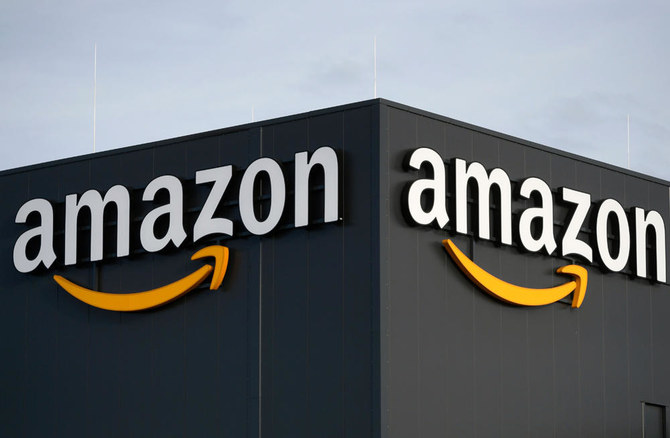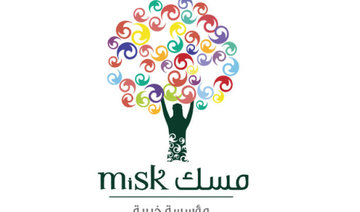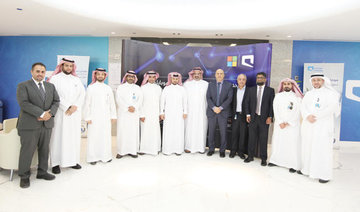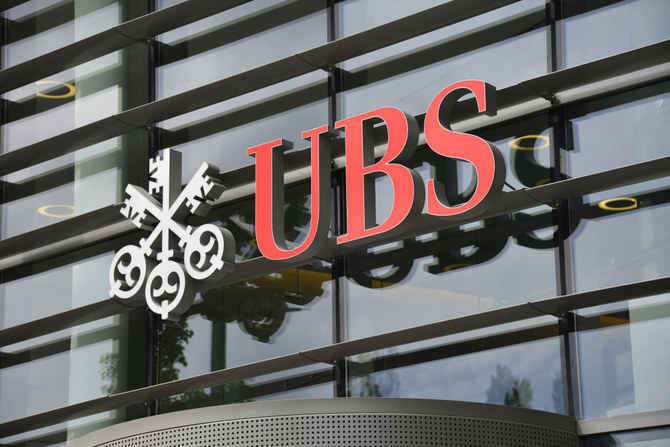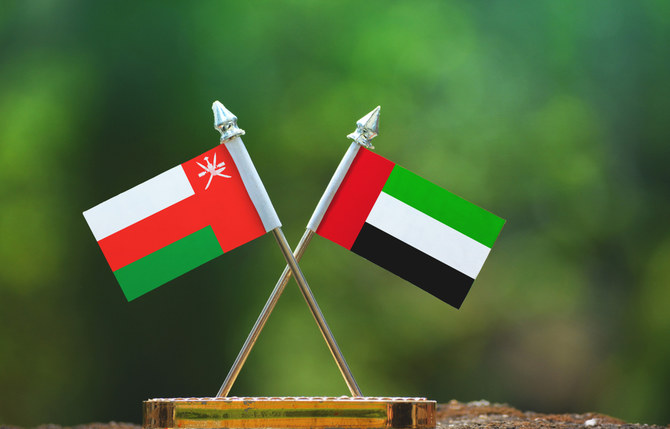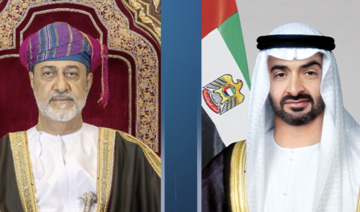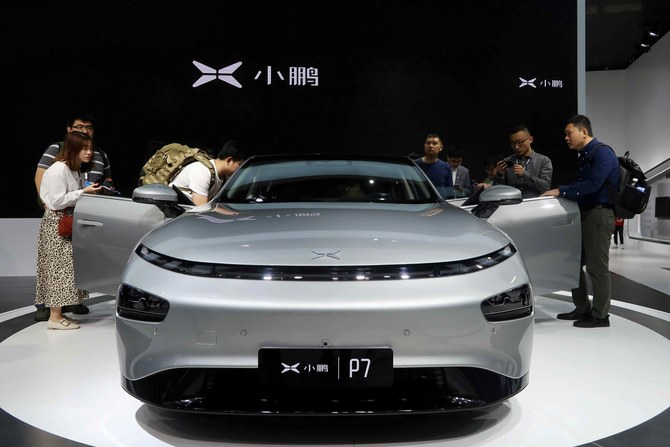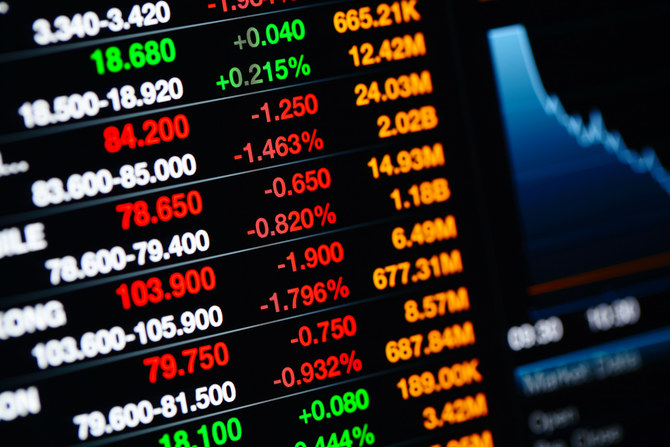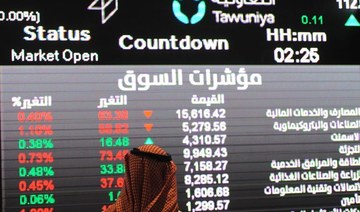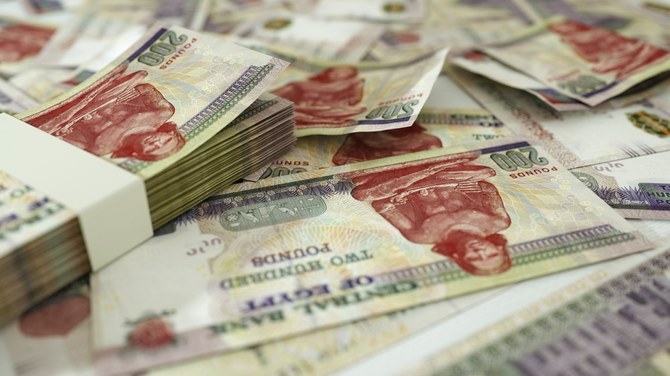SAN FRANCISCO, California: With each passing quarter, Amazon, Microsoft and Google have been setting new records, while cloud computing has become the invisible backbone supporting much of our daily lives. Its potential to become an even bigger part of people’s daily existence is sky-high.
The rising popularity of the cloud has gone hand-in-hand with that of 4G broadband technology and of smartphones: The combined power of the network and of servers makes it possible for us to listen to music, to watch videos, to work remotely, to post on social media or to request a ride and watch it arrive, in real time, on a smartphone map.
Companies and individuals can buy not just cloud-based storage but also processing power, Internet services and software, all of it situated not in one’s computer or smartphone but in huge data centers.
There are now even cloud services for video games, which require enormous amounts of data and extremely rapid response times.
“Cloud gaming,” as with other uses, lets users dispense with expensive and fast-outdated equipment.
Hybrid approach
Most big companies and institutions now access the cloud either through their own “private” servers or as a “public” client of a company like Amazon, Microsoft or Google.
These big providers offer an array of options, from simple hosting to ultra-complete online services, with an a la carte menu of tools and software, and with programs ensuring maintenance and security.
The public cloud can thus provide savings while also allowing greater flexibility as users’ needs evolve.
In practice, many companies choose a hybrid approach, melding the lower cost, greater power and high adaptability of the public cloud with the comforting security of a private cloud.
“Companies on average use about three different public-cloud providers,” said Bob O’Donnell, president and chief analyst at TECHnalysis Research.
While some companies grew up in the data world, he added, “let’s not forget that lots of companies have been moving slowly and cautiously; plenty of companies are just getting started.”
In 2020, the market for the public cloud is expected to reach $266 billion, a 17 percent increase over 2019, according to Gartner Consulting.
And market research firm IDC (International Data Corporation) predicts a near-doubling of the market by 2023, to $500 billion.
Lion's share
The 2006 launch of Amazon Web Services (AWS) gave the online giant a huge lead over its competitors. Analysts put its current share of the global public-cloud market at 30 to 50 percent.
AWS had 2019 revenues of $35 billion and claims millions of users worldwide.
It did suffer one setback last year: In October, the Pentagon awarded a mega-contract worth $10 billion to Microsoft, the second largest player in the market.
Against a backdrop of hostility between US President Donald Trump and Amazon boss Jeff Bezos, the company is taking legal action in an attempt to block the Microsoft contract.
A federal court on Thursday ordered the Pentagon to temporarily halt its work with Microsoft while the matter is reviewed.
Microsoft, meanwhile, has not released precise figures on the success of Azure, its public cloud, making comparisons difficult. But the company’s cloud division has turned in Microsoft’s best performances, quarter after quarter.
Azure controls approximately 15 percent of the market.
Trailing it are Google Cloud and China’s Alibaba, each with a five or six percent share.
For Google, the American leader in Internet research, the cloud is a growing priority: It showcases the company’s capacity for very large-scale data analysis as well as the ability for users of the hybrid cloud or of multiple clouds to easily shift data from one provider to another.
Google Cloud took in $9 billion in 2019 (up 53 percent in a year).
'Zero latency'
All the providers strongly emphasize cybersecurity — their reputations for protecting sensitive data are essential to their survival — but also, and crucially, the capacity for automated machine learning to rapidly analyze and optimally use the mountains of data being produced at every moment.
The Pentagon’s mega-contract, for example, is aimed at modernizing the computer systems of the entire American military, to be managed with the help of artificial intelligence.
The contract also seeks to reduce environmental costs, since sprawling data centers consume enormous amounts of electricity to cool their servers.
Meantime, 5G wireless technology and self-driving vehicles will favor the development of so-called edge computing — locating computing and storage capacity relatively close to their end users, thereby improving response time.
AWS has joined with Verizon, and Microsoft with AT&T, in the race to make cloud technologies more directly available to users.
The goal is to process data collected by myriad connected sensors (located in homes, factories, vehicles, etc.) in real time, without having to pass through servers.
Analysts say such “zero latency” promises to open dazzling new possibilities.



